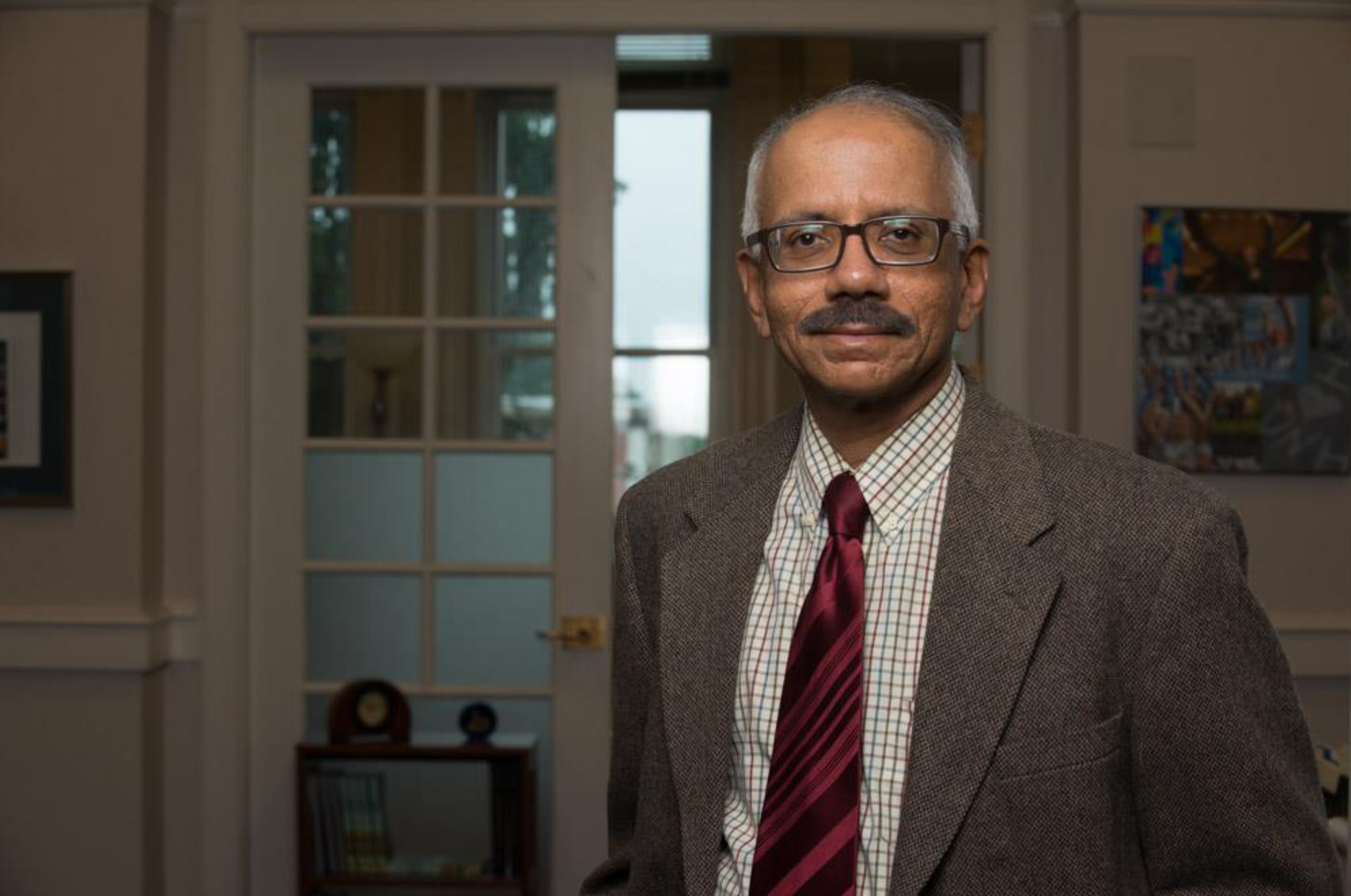Dr. PT (Vasu) Vasudevan is the Interim Provost and Vice President for Academic Affairs, and Professor of Chemical Engineering at the University of New Hampshire. We met with him on his recent trip to India to talk about his insights on higher education and the academic highlights of the University of New Hampshire (UNH).
UNH’s InterOperability Lab is one of the biggest testing labs in the U.S. Which streams do the students doing their research at this lab?
It’s not doing research in the strictest sense; they work in IOL to get valuable experience. It’s a way for them to earn some extra money as well. These students are not necessarily in CS or IT, but could be majoring in the humanities or business or engineering. It is a common misconception that students only doing computer science and engineering work there, which is not the case. We have students majoring in philosophy working there. Erica Johnson who runs the place makes sure that students from different disciplines get an opportunity to work in IOL.
How did the Inter Operability Lab start?
The University of New Hampshire InterOperability Laboratory (UNH-IOL) began as a branch of the University’s Research Computing Center (RCC). In 1988, the RCC was testing Fiber Distributed Data Interface (FDDI) equipment with the intention of deploying it in its network. The RCC found that equipment from two vendors was not interoperable and contacted the vendors in an attempt to find a solution. In August 2002, the UNH-IOL moved to a 32,000 square-foot facility on the edge of campus where it continues to pursue its dual mission of fostering interoperability and providing its students with a uniquely valuable educational experience. IOL’s mission is to provide a neutral environment to foster multivendor interoperability, conformance to standards, and improvement of data networking while attracting students to, and educating them for, future employment in cutting-edge technologies.
As many as 100 graduate and undergraduate students work at the InterOperability lab.
What catches your eye about the researches that are being conducted at the Lab right now?
It is very interesting to see students adapt to the changes as technology evolves. Moore’s law is the observation that the number of transistors in a dense integrated circuit doubles approximately every two years. It is keeping pace with the advances in technology, and that’s what catches my eye. It’s the change and the new kind of products, and the fact that there is so much miniaturisation that is going on now; everything is becoming smaller and smaller. Think of your iPhone, it’s so much smaller than your IBM 370, yet much more powerful. I think it was Watson who at the time said that we’ll probably need about 3 or 4 of these large machines, and he was totally wrong. Now you have your iPhone which is much more powerful than that machine, and the fact that the IO adapts to the speed and changes in technology, I think that is what has caught my eye.
Can you tell us a little more about the NASA grants that are provided by UNH? How did they come to be?
There was a gentleman by the name of Dr. Berrien Moore, who used to be the director of the Earth Ocean and Space Institute, who was such a visionary, and they started in the 80s and they received a lot of money from NASA. Many of the satellites are actually built at UNH. Again students get involved in these projects. The physics department as a result is incredibly well-known. So that was how these NASA grants came along to be.
Considering we’re right in the middle of Make in India, how do you think that UNH can contribute to the same?
I go back to the differences between China and India. India has always been revered in the world as a country that is incredible at service provision, but if you want the country to advance, you really have to get into manufacturing. And I’m not talking about ordinary manufacturing; I’m talking about advanced manufacturing. India is poised to grow in this area but in order to grow you need highly trained and qualified engineers and scientists and that’s where the universities come in, including UNH, in providing that capability. Narayana Murthi recently came out and said he wants a number of Ph.D students to be trained in the U.S, but the understanding is that they’ll be able to return to India. He says that India will provide the tuition and the fees for them to go, and then they will sign some kind of a memorandum of understanding that they’ll come back. What better way to ensure India’s growth than to have these students go to U.S universities, including UNH. We are well known in space physics, our centre for coastal and ocean mapping is; we have great programs for engineering and data analytics, these are areas where students can get trained, and then come back and help India in the manufacturing that science, technology, engineering and mathematics; that’s where we’re seeing growth.































